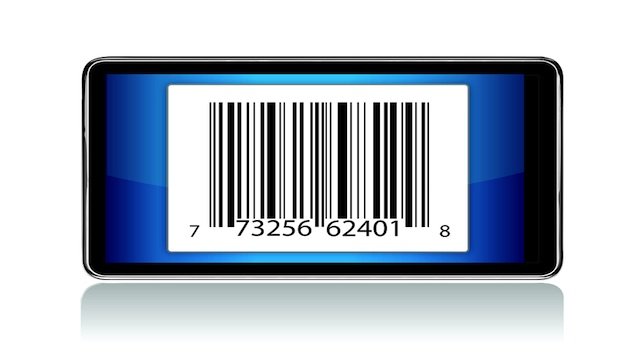
You’re growing. You need new office space. And you’re looking to hire more employees. However, all these changes mean you’re going to need to buy more furniture, computers and equipment; and, you’re going to need to track it.
Asset tracking software will not only help you remain organized, but you will see a return on investment quickly
Assets, whether tangible or intangible, may be your most costly investment. Assets should be listed and tracked; otherwise your company could be spending money on items already owned, or it could be losing money due to disorganization. Don’t you want to maximize the depreciation you can take on your in-service assets, saving you money in the long run?
Because your business is just beginning to expand you may think manually tracking assets and inventory is the easiest way to keep your items organized and updated, and this theory may hold true – for a while. Once you decide how often you need to pull reports, whether it’s yearly for taxes, quarterly for reviews or monthly, you’ll want these reports to aggregate quickly and accurately.
Below is a checklist to help you get started:
Asset Tracking Check List:
- Decide what to track and then make a comprehensive list (think computers, mobile phones, furniture, as well as software, grants and patents)
- Select an asset tracking device
- Create a location listing (identifying locations of various assets – this can be down to the cubicle – making verification easier later on)
- Review employee list (many times assets, such as computers, are given to employees for daily use)
- Produce barcodes (to be placed on the items being tracked)
- Captures details like moves, adds and changes (you want your list to be updated frequently so the information is up-to-date and accurate)
While there are a variety of asset tracking options available, you will want to choose a service that can give you the most bang for your buck. Review various sites in order to decide what features you will need to utilize.
Here are a few features a wireless barcode scanner and asset-tracking software may have, which will assist your efforts:
- Allows you to instantly locate any asset, eliminating wasted time spent searching for missing items and unnecessary expenses to replace lost assets
- Instantly update a group of assets with the new “mass update” function
- Create, save and share custom filters for lists, for better organization
- Track asset maintenance costs and implement multiple maintenance schedules for assets
- Manage user security by group or department
- Allow asset check-out with or without due dates, and transfer a checked-out asset to a different user
- Print asset tags, employee badges and location labels from asset, employee and location lists
Asset tracking software will not only help you remain organized, but you’ll notice that the return on investment occurs quickly, and you end up saving money and time due to proper tracking and managing.
Brian Sutter of Wasp Barcode Technologies. His role encompasses brand management, direct and channel marketing, public relations, advertising, and social media.
Wasp Barcode Technologies (www.waspbarcode.com): Wasp Barcode Technologies provides inventory control, asset tracking, time and attendance, barcode scanners, and Point-of-Sale solutions that help small business gain efficiency and improve profitability.








